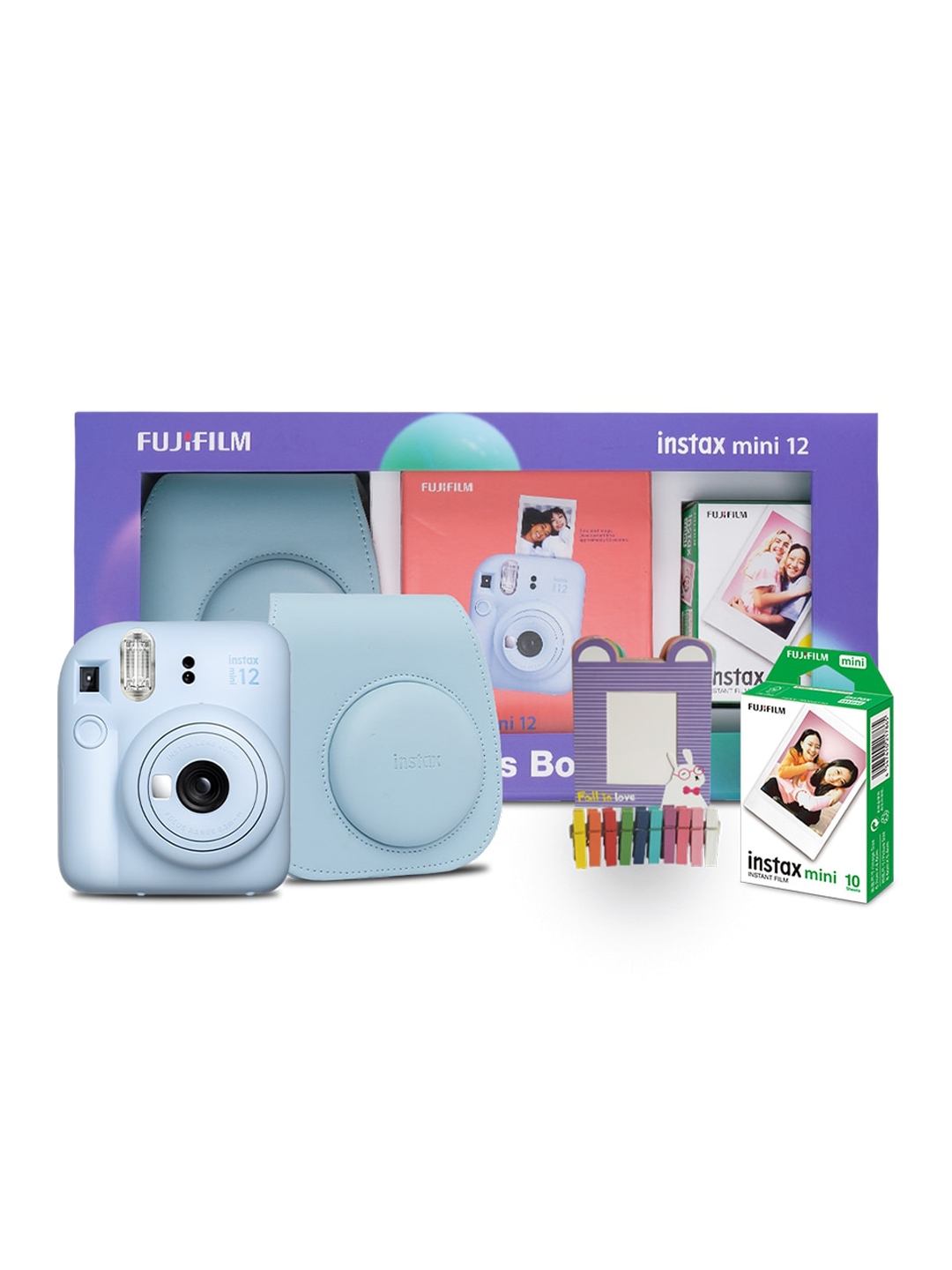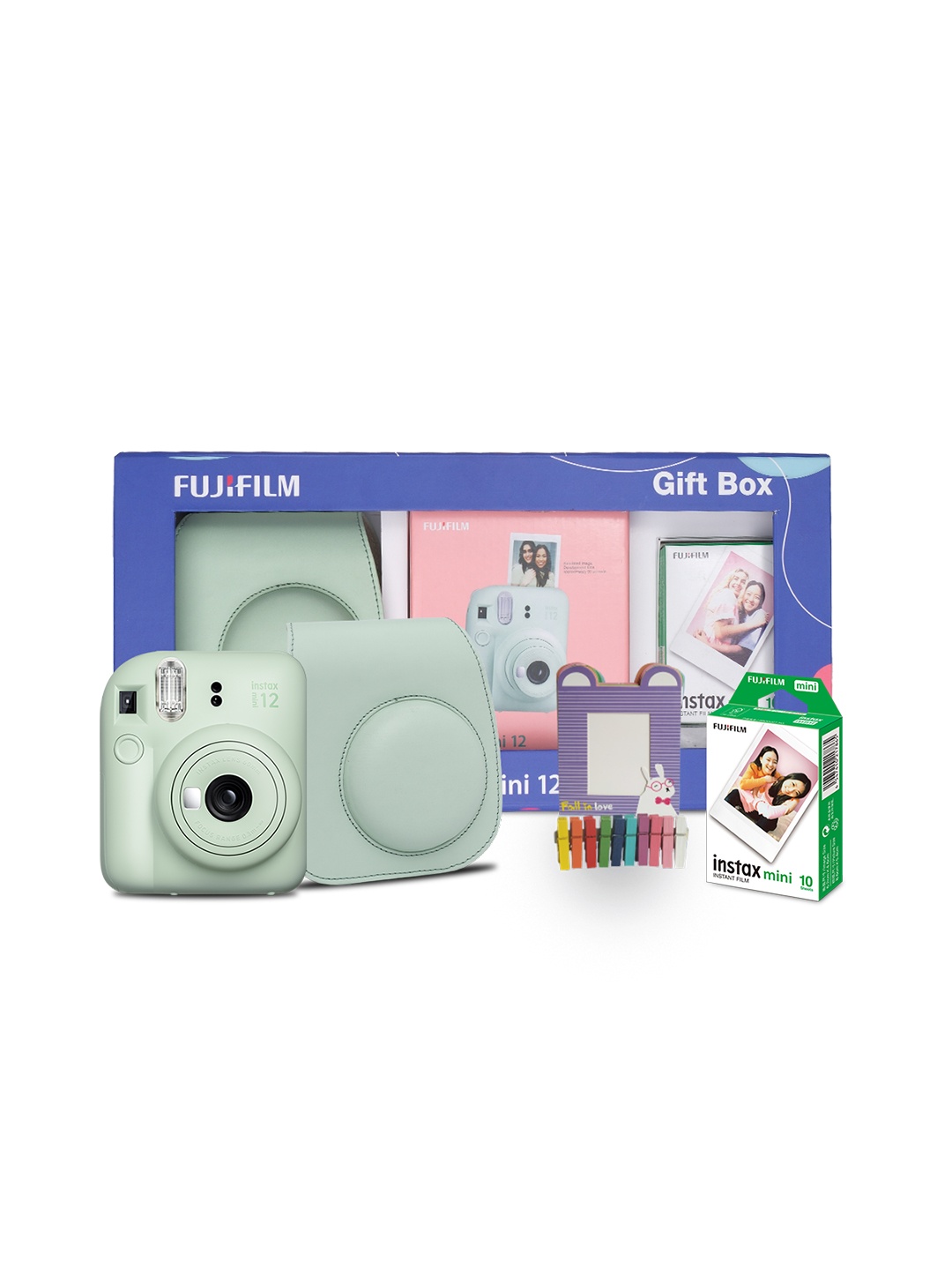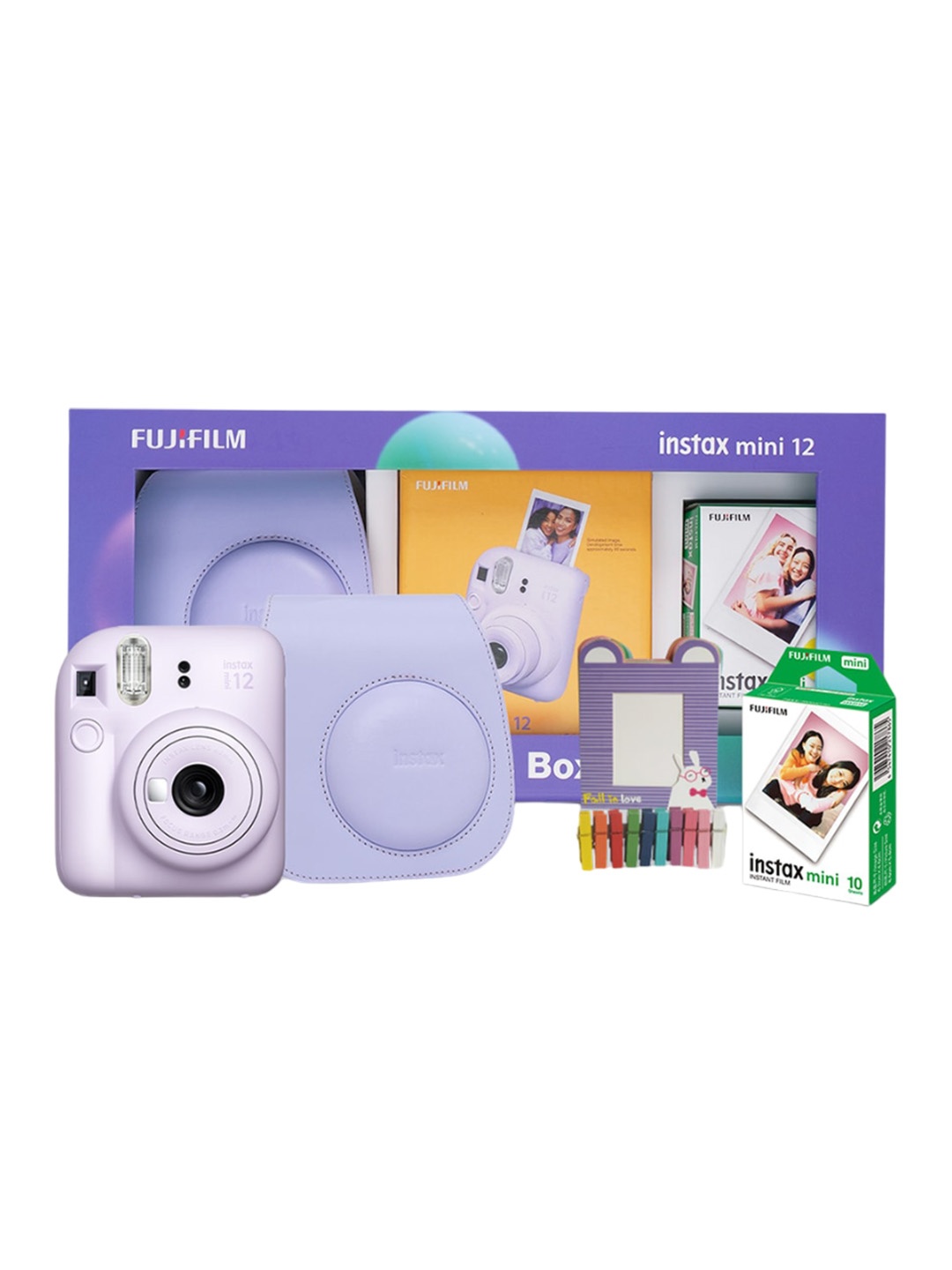From Urban Jungles To Minimalist Bliss: Choosing The Right Planters For Your Home

Planters are more than simple containers for your greenery; they are design elements that tie a room together and create a mood. Whether you aim to bring the outdoors into your urban flat or add touches of elegance to a minimalist home, selecting the right planters is key. They serve as a bridge between style and functionality, ensuring that both your plants and your decor thrive. With the abundance of options available, this guide helps you navigate the choices to find planters that fit seamlessly into your home while meeting the needs of your plants.
1. Start With Your Vision: Urban Jungle Or Minimalist Bliss?
Before diving into the world of planters, define your desired aesthetic.
For urban jungle lovers, aim for planters that reflect a natural, eclectic style. Vibrant colours, textured ceramics, and handmade terracotta pots complement the wild beauty of cascading ferns or climbing philodendrons. Layer plants at different heights using a mix of floor pots, hanging baskets, and tall planters to mimic nature's abundance.
Minimalist spaces call for simplicity. Choose neutral-toned pots in materials like matte ceramics, concrete, or glass. Shapes with clean lines and a focus on symmetry work best. To prevent monotony, add subtle variations in texture, such as a mix of smooth and speckled finishes, while keeping to a unified colour palette.
Tip: Use planters as an extension of your existing decor. Match their style to your furniture or incorporate materials like wicker or metal to tie the space together.
2. Material Matters: Find The Perfect Match
Planter materials play a crucial role in aesthetics, durability, and plant health. Here's a breakdown:
- Terracotta and Clay: Ideal for plants like succulents or herbs that thrive in well-drained soil. These breathable materials allow moisture to evaporate but may crack in cold weather if used outdoors.
- Ceramics: Perfect for indoors, offering endless design options. Opt for glazed ceramics for a polished look but be mindful of their weight.
- Plastic and Fibreglass: Lightweight, durable, and versatile. Great for hanging planters or large pots you may want to move. Choose high-quality options to avoid a cheap appearance.
- Metal: A sleek choice for modern spaces. Use liners to prevent rust and overheating in direct sunlight.
- Wood: Adds warmth and charm but requires waterproofing to resist moisture damage. Look for sustainably sourced options for an eco-friendly touch.
Tip: Match planter material to the plant's environment. Outdoor plants need weather-resistant materials, while indoor plants thrive in materials suited to their watering needs.
3. Size It Right: Ensuring Plant Happiness
Choosing the wrong planter size can hinder your plant's growth or health. The pot should be slightly larger than the plant's root ball, allowing for growth without leaving excessive empty space that may trap moisture.
For small plants like cacti or herbs, smaller planters work best, but ensure they aren't too snug. Medium-sized pots are great for popular indoor plants like peace lilies or pothos. Larger plants, such as fiddle-leaf figs, thrive in wide, deep planters that provide stability.
Tip: Always prioritise drainage. If a planter doesn't have drainage holes, create layers with stones or use a separate inner pot with drainage. Avoid overwatering by allowing the soil to dry out between watering sessions.
4. Balancing Style With Practicality
A beautiful planter is pointless if it doesn't support the plant's needs or fit your space. Strike a balance between aesthetics and functionality with these ideas:
- Self-Watering Planters: Great for busy households or for plants that need consistent moisture, like ferns or calatheas.
- Hanging or Wall-Mounted Planters: Perfect for small homes or flats, these maximise vertical space and make a bold statement.
- Planter Stands: Elevate medium-sized pots for added height and dimension, ideal for showcasing trailing plants like a string of pearls.
- Grouping Planters: Combine different sizes, colours, and shapes for an artistic display. Stick to a cohesive theme to avoid a cluttered look.
Tip: Place heavier planters on wheeled stands to make rearranging easy and protect your floors from scratches or water damage.
5. Sustainability: Plant Smarter, Live Greener
Sustainability is an essential consideration when selecting planters. Opting for eco-friendly materials doesn't mean compromising on style.
- Recycled Materials: Look for planters made from upcycled plastics or repurposed materials. These options are lightweight, durable, and environmentally friendly.
- Natural Fibres: Woven baskets made from seagrass or jute are biodegradable and perfect for lining with inner pots.
- DIY and Upcycling: Turn old containers like mason jars, tins, or wooden crates into unique planters. This not only saves money but also adds a personal touch to your space.
Tip: Support fair-trade brands or local artisans when buying handmade pots. These purchases contribute to sustainable practices and celebrate craftsmanship.
6. Location And Placement: Setting The Stage
A planter's placement impacts its design and functionality. For indoor spaces, use planters to enhance focal points or soften harsh corners. Group plants near windows where they'll receive natural light but ensure they're suited to the light conditions.
Outdoor planters need to endure weather extremes. Durable materials like concrete or fibreglass are excellent for patios or balconies. Large statement pots work well to anchor a space, while smaller planters can brighten up steps or tables.
Tip: For cohesive outdoor styling, choose planters in complementary colours or materials. Use a mix of heights and shapes to create depth.
Product Recommendations For Article
1. 10club Durable Metal Planter Stand - Set Of 4
2. shreestar Round Flower Pots With Tray For Home And Decoration Planters
3. Mithark 9" Inc Vintage Collection Pots For home
4. 10club Planters Metal Oval Railing ( For Balcony, Detachable Flower Pots) Plant Container Set (Pack Of 5, Plastic)
5. BGE Hanging Flower/Railing Flower Pots
6. DILNAZ ART Iron IndoorOutdoor Flower Pot
7. POTSTAND 2 STEP PLANTER STAND Plant Container Set
8. Bee Creative 7 Potted Stand Multiple Pot Holder Size- HxL 41x18 Inch (White) Plant Container Set (Metal)
Planters are an essential yet often underestimated element of interior design. They not only house your plants but also enhance your living space. Whether you're curating a lush urban jungle or maintaining a minimalist sanctuary, the right planters make a world of difference.
Focus on balancing aesthetics with practicality: choose materials that support plant health, sizes that encourage growth, and designs that complement your home. Embrace sustainability by opting for recycled, upcycled, or ethically made planters. By doing so, you'll create a home that reflects your style while fostering a harmonious relationship with nature.
Selecting planters is more than a decorative choice—it's an investment in creating a home where plants and people flourish.
Disclaimer: The images used in this article are for illustration purpose only. They may not be an exact representation of the products, categories and brands listed in this article.





























